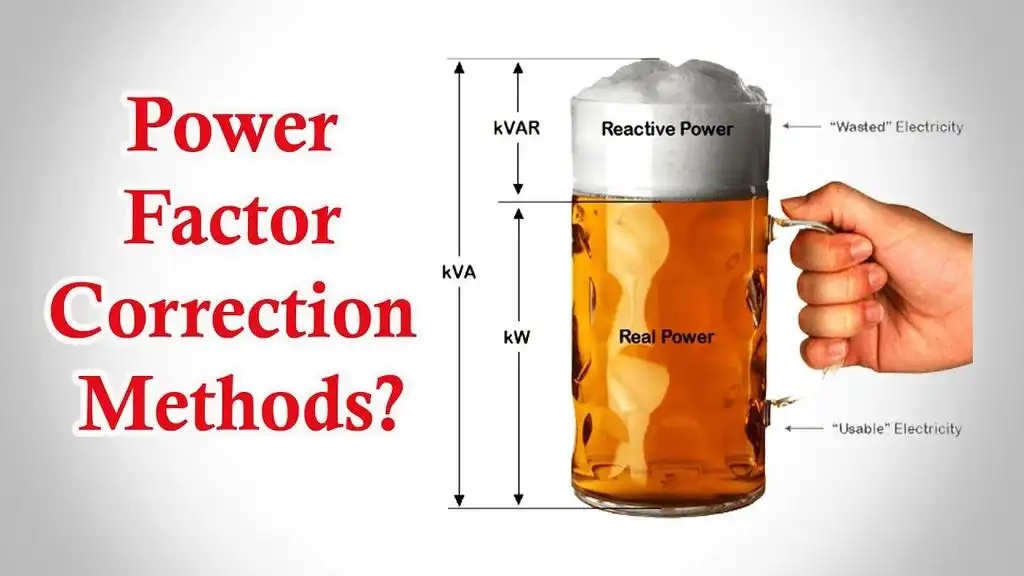What is power factor surcharge?
If the monthly average power factor drops below 0.9, consumers may face a power factor surcharge. Electricity suppliers often impose penalties to encourage consumers to maintain a high power factor, ensuring it meets or exceeds specified levels. To optimize the efficient use of electrical energy, the system should primarily draw active power from the grid, measured in kilowatts (kW). Excessive consumption of reactive power, measured in kilovolt-amperes reactive (KVAR), may hinder equipment efficiency and limit the power line’s capacity to deliver reliable power and stable voltage to customers.
Effects of low power factor on electrical systems?
- Increased energy costs
- Voltage fluctuations increase power grid losses
- Limiting the capacity of the power cord affects equipment performance
- Why pay a power factor surcharge?
The payment of power factor surcharges is a result of the additional burden and costs imposed on the electrical system by low power factor. Electrical systems are required to meet specific power factor standards to ensure stable operation and efficient energy transmission. When a user’s power factor falls below the specified standard, they may face additional charges as compensation for the negative impact of their low power factor. These surcharges are designed to incentivize users to improve their power factor, reducing the extra load on the grid and enhancing the overall efficiency and stability of the system.

How to correct power factor?
- Capacitor Banks Installation: Implement the installation of capacitors to enhance power factor correction.
- Automatic Power Factor Correction Device (APFC): Introduce an APFC device capable of automatically adjusting capacitor connection based on real-time power factor monitoring, ensuring the system’s power factor remains within a specified range.
- Static Var Generator (SVG): Deploy SVG, an advanced reactive power compensation device, to precisely regulate reactive power through electronic switches, thereby optimizing power factor and ensuring power system stability.
- System Design Optimization: Optimize the design and configuration of the power system to minimize reactive power generation and improve power factor.
- Routine Maintenance and Monitoring: Conduct regular equipment inspections, monitor power factor values, and promptly perform adjustments and corrections to uphold system stability and performance.
Benefits of Power Factor Correction
- Reduce energy costs, reduce electricity bills,
- Improve electrical equipment efficiency and enhance equipment operation
- Improve power system stability and increase energy efficiency of electrical systems
- Reduce grid losses and eliminate or reduce transformer maintenance or upgrades.



